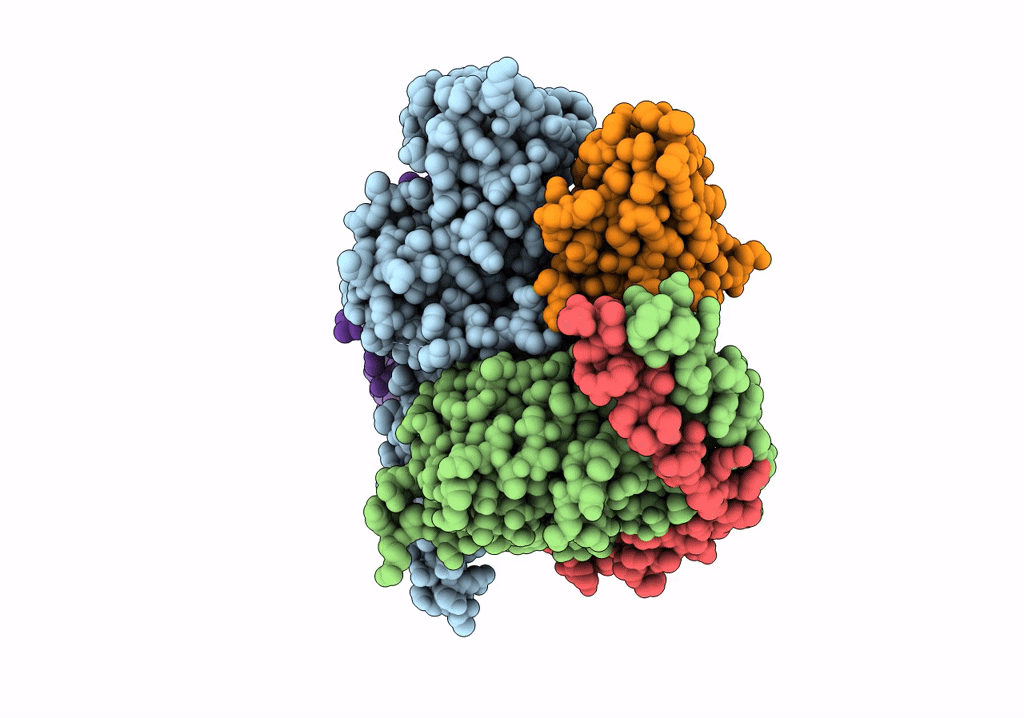
Deposition Date
2022-05-03
Release Date
2022-10-12
Last Version Date
2025-07-02
Entry Detail
PDB ID:
7XP5
Keywords:
Title:
Cryo-EM structure of a class T GPCR in ligand-free state
Biological Source:
Source Organism:
Acetivibrio thermocellus (Taxon ID: 1515)
Homo sapiens (Taxon ID: 9606)
Homo sapiens (Taxon ID: 9606)
Host Organism:
Method Details:
Experimental Method:
Resolution:
3.08 Å
Aggregation State:
PARTICLE
Reconstruction Method:
SINGLE PARTICLE


